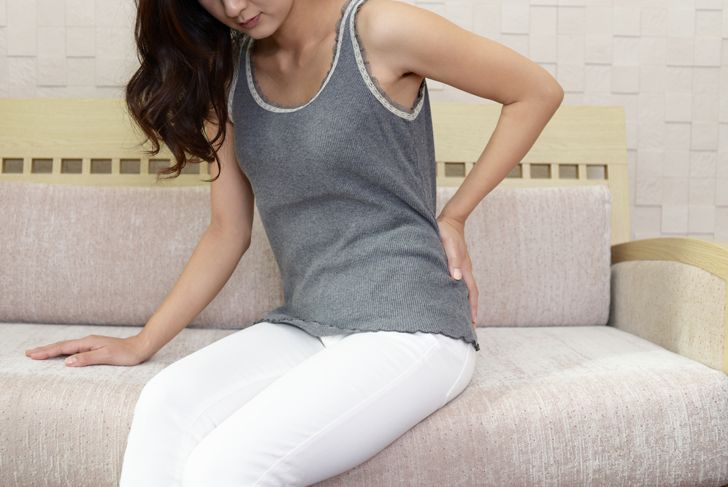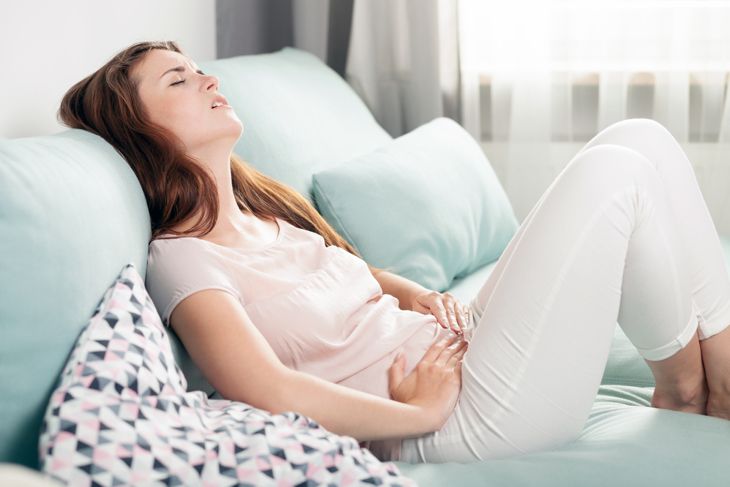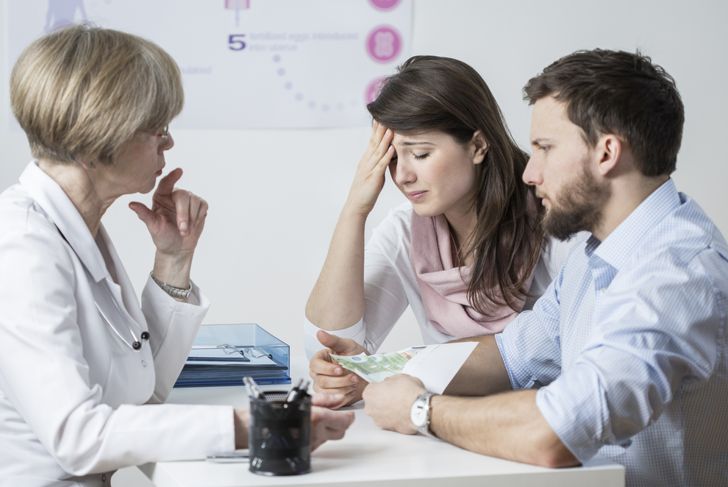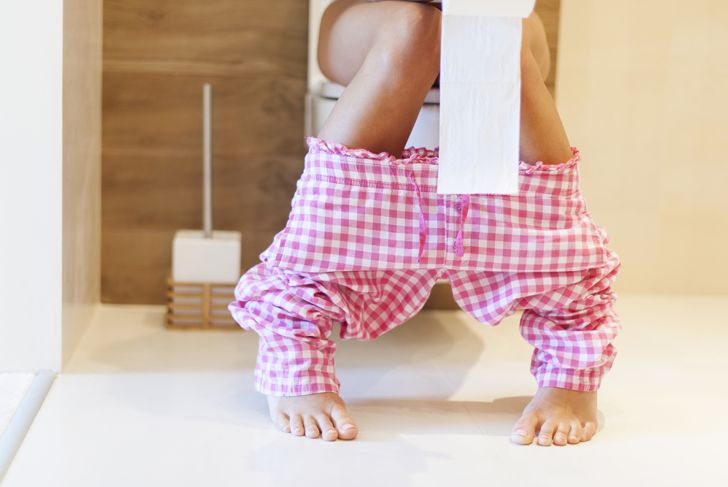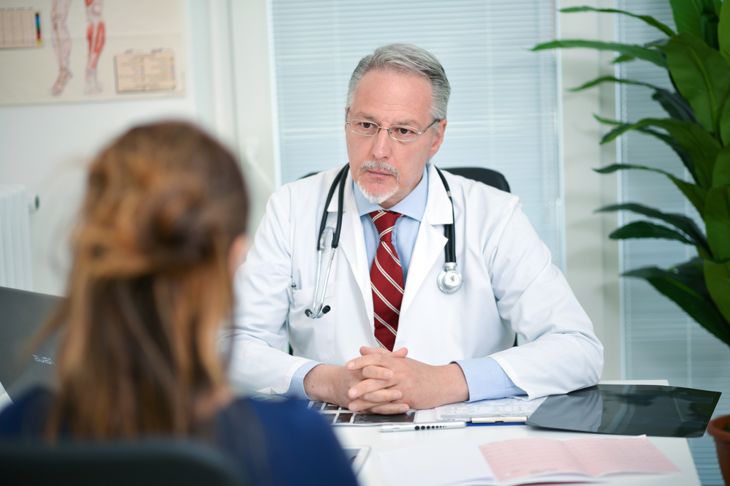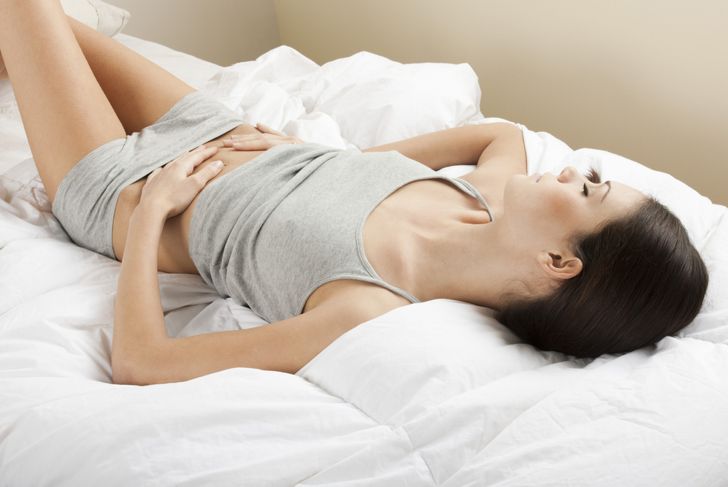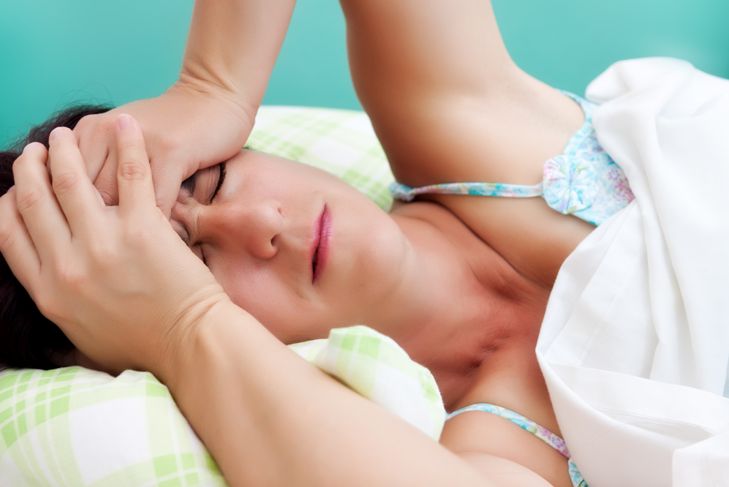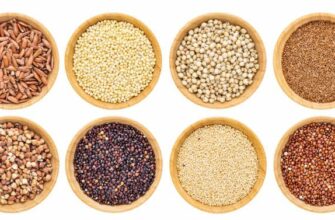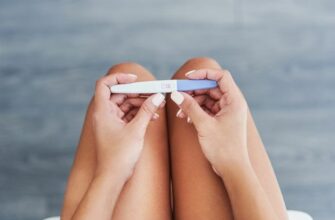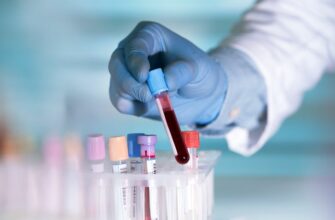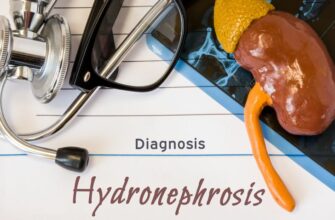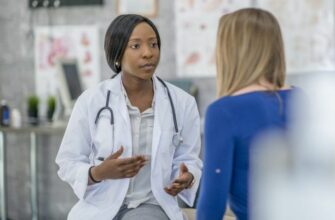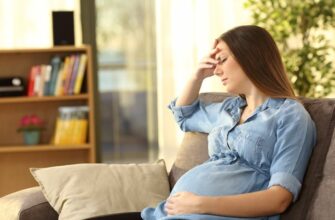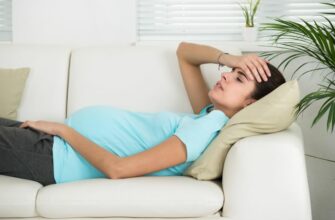Endometriosis occurs when the tissues that line the walls of the uterus grow outside of it instead. These tissues can begin to grow along the intestines, the ovaries, and the fallopian tubes.Treatments for endometriosis include medications for the pain, hormonal treatments, and sometimes surgery as a last resort. In the United States every year, more than 200,000 women experience the symptoms of endometriosis and are diagnosed.
Menstrual Problems
Most women experience some sensation during menstruation, from mild cramps to extreme pain, and early signs of endometriosis can be as simple as identifying a change in this pain. Endometrial pain begins about a week before a woman’s period and can continue up to one week after menstruation. Many people describe the pain as cramping that is more intense than normal.
Lower Back Pain
Another early warning sign of endometriosis is lower back pain that radiates up into the midback and may even spread into the chest. Contraction and cramping of the uterus make lower back pain a symptom some women experience during menstruation.For people with endometriosis, the more wide-spread pain may be due to abnormal tissue growth. Over-the-counter pain medications, heating pads, and warm baths can help alleviate this symptom, and doctors can prescribe stronger painkillers if necessary.
Excessive Menstrual Bleeding
Many women experience one or a few heavy flow days during their period, but endometriosis can cause this to be a constant experience throughout this part of the cycle.When bleeding occurs in excess and for more than a few days, secondary symptoms can develop, such as iron deficiencies from loss of blood, which leads to fatigue, anemia, and even hair loss.Taking iron supplements and birth control medication can help regulate the menstrual cycle.
Painful Sex
Women with endometriosis may experience significant pain during sexual intercourse because of damage to the reproductive organs and tissue growth.During penetration, pressure against the tissue overgrowth can cause muscle damage as well. No woman should ignore these painful sensations, as they can signify a larger problem.
Problems with Urination
Endometriosis can cause painful and difficult urination. The entire length of the urinary tract, including the urethra, the bladder, and the kidneys, can become inflamed and even infected due to the abnormal growth of tissue.These growths can also cause pain when they rub against other parts of the body. Some women may also experience frequent urges to urinate, despite an inability to pass urine.
Infertility
One extreme symptom of endometriosis is infertility. The condition can damage the ovaries and uterus, making conception unlikely or impossible. Approximately 30 percent of women with endometriosis experience infertility.Women who do conceive may have difficulty carrying a child to term, and will likely require extensive monitoring and care during their pregnancy, due to the scarring and hormonal imbalances the condition causes.
Painful Bowel Movements
Women with endometriosis commonly experience a variety of gastrointestinal problems, including painful bowel movements, bloody stool, cramping, and bloating.These symptoms are created by the tissue rubbing along the intestines at the back wall of the uterus, which can lead to significant inflammation. In some cases, the tissue grows onto the bowels themselves.Painful bowel movements for more than a couple of days, and blood in the stool, call for immediate medical attention.
Severe Internal Pain
Women with severe endometriosis often describe feeling as though their “insides are being ripped out.”Tissue growing along different organ connects these organs, and as abnormal growth continues, movement can become painful, causing these connected organs to stretch and move in ways not intended for them.Some women say it feels as if their organs are being pulled apart. When the condition progresses to this stage, surgery is required to separate the organs and remove as much of the excess tissue as possible.
Irritable Bowel Syndrome
Endometriosis makes a woman susceptible to gastrointestinal problems such as irritable bowel syndrome. Regular constipation, gas, and diarrhea are associated with IBS.Medical professionals suggest keeping a food journal to track whether specific foods irritate the condition more than others, as IBS can improve with dietary changes, like a low FODMAP diet.Endometriosis is misdiagnosed as IBS, in some cases.
Fatigue
The body’s continuous efforts to fight off pain, inflammation, and other symptoms of endometriosis can understandably lead to significant fatigue that even adequate rest cannot alleviate.Sleep may also be interrupted due to pain. The overgrowth of the tissues can create hormonal imbalances that further exacerbate fatigue, especially during menstruation.

 Home
Home Health
Health Diet & Nutrition
Diet & Nutrition Living Well
Living Well More
More
